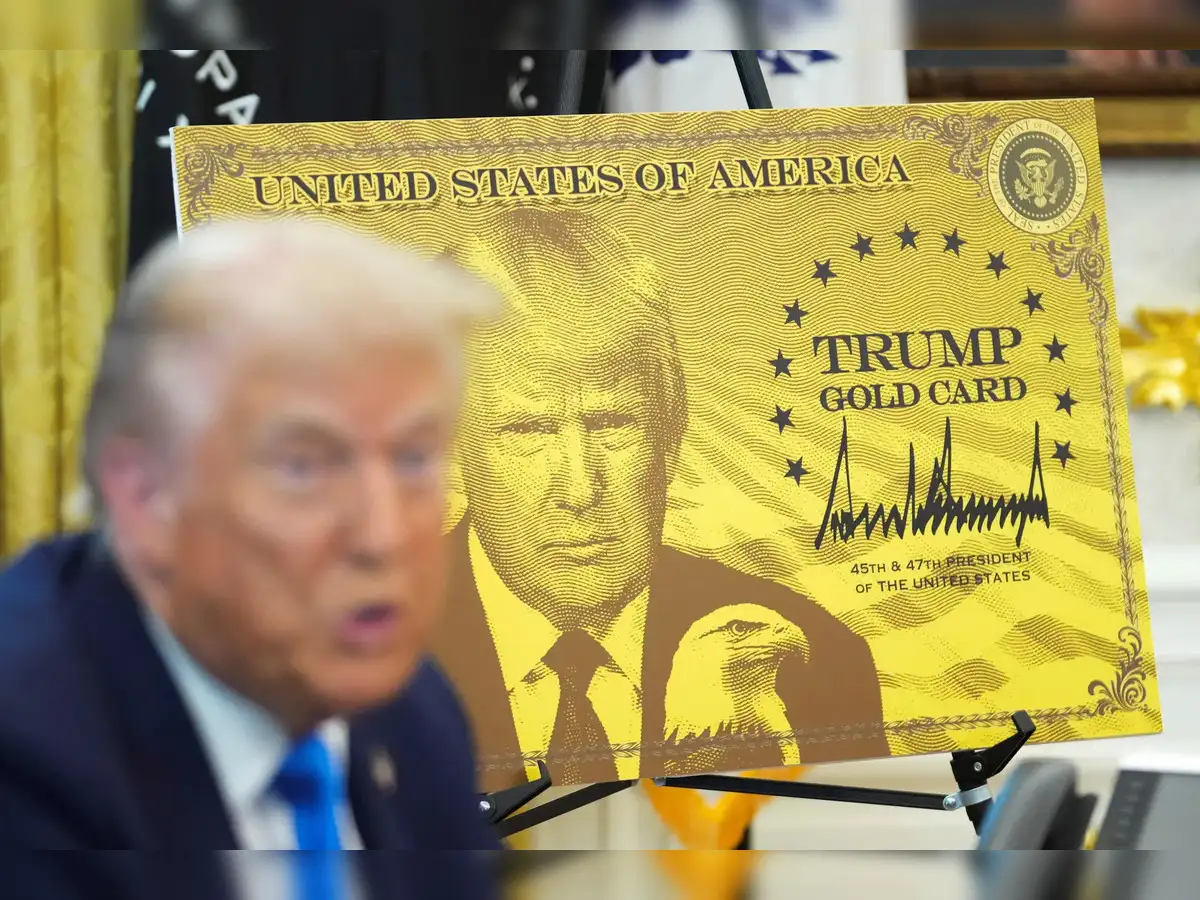Description

Copyright infringement not intended
Picture Courtesy: https://indianexpress.com/article/explained/explained-global/south-china-sea-dispute-9534189/
Context
The Philippines has complained that China is undertaking aggressive and illegal acts in the South China Sea.
About The South China Sea Dispute
- The South China Sea is located just south of China, bordered by Brunei, China, Indonesia, Malaysia, the Philippines, Taiwan, and Vietnam.
- The dispute over the South China Sea is rooted in historical claims that date back centuries. However, the modern conflict escalated significantly in recent decades, particularly with China’s rise as a global power.
- China’s claims to the South China Sea are largely based on a demarcation known as the “nine-dash line,” which encircles nearly 90% of the sea, extending far beyond what other nations recognize as China’s territorial waters.
- Countries like the Philippines, Vietnam, Malaysia, and Brunei also lay claim to parts of the South China Sea, based on international maritime laws and historical usage.

Recent Developments and Conflicts
- China has built military outposts on artificial islands and deployed various military assets, including fighter jets and missiles. This has led to confrontations with other claimants and heightened regional tensions.
- In 2016, an international tribunal ruled against China’s claims, stating that the nine-dash line had no legal basis under international law. China rejected the ruling and continues to assert its claims.
- The United States has increased its naval presence in the region to challenge China’s claims and support its allies. This includes conducting freedom of navigation operations and providing military aid to affected countries.
Way Forward
- Countries directly involved in the dispute should engage in regular bilateral talks to address specific issues and reduce tensions.
- Regional organizations like ASEAN (Association of Southeast Asian Nations) could work on creating a framework for peaceful resolution and joint resource management.
- All parties should remain committed to international legal standards, including the United Nations Convention on the Law of the Sea (UNCLOS).
- Encouraging the use of international arbitration mechanisms can help resolve disputes based on legal principles rather than military or political strength.
- Developing and implementing a regional code of conduct for maritime activities in the South China Sea could help prevent conflicts and manage incidents.
Must Read Articles:
South China Sea Conflict
Source:
Indian Express
Wikipedia
|
PRACTICE QUESTION
Q. Which of the following countries shares a coastline on the South China Sea?
1. Indonesia
2. Malaysia
3. Cambodia
4. Vietnam
Select the correct answer using the codes given below:
A) 1, 3 and 4 only
B) 2, 3 and 4 only
C) 1, 2 and 4 only
D) 1, 2, 3 and 4
Answer: C
Explanation
Cambodia does not have a coastline on the South China Sea. The countries with coastlines on the South China Sea are China, Vietnam, Malaysia, Brunei, the Philippines, and Indonesia.

|













